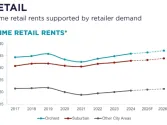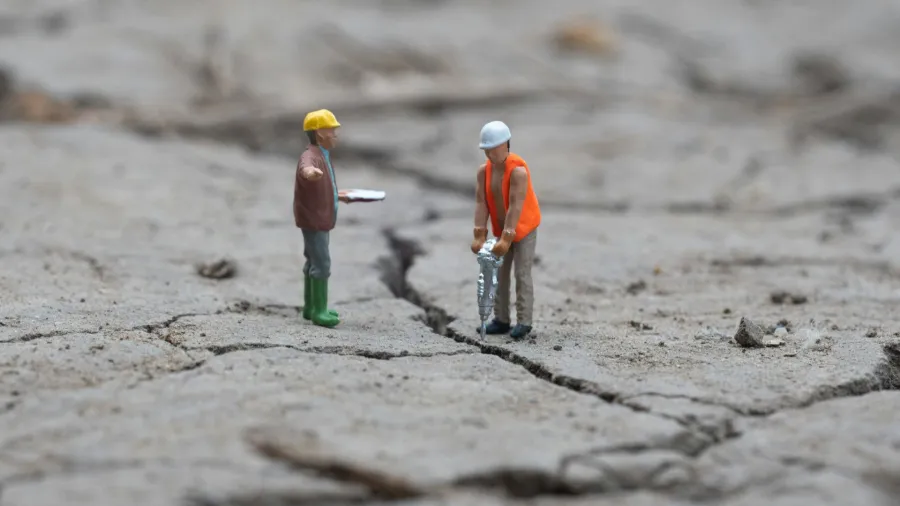
Asia sees sustained growth in construction insurance in 2024
However, insurers are pursuing profitability and program stability over the long term.
The construction insurance market across Asia remained growth-oriented in 2024, supported by improved reinsurance treaty performance, sustained underwriting appetite, and abundant capacity, Aon’s 2025 Global Construction Insurance and Surety Market Report showed.
However, insurers are pursuing profitability and program stability over the long term, leading to greater underwriting discipline even amidst softening market conditions in many countries.
China, Hong Kong, and India saw the most favourable insurance market conditions. Insurers in these countries posted sustainable growth, especially in India where both local and foreign insurers continued supporting infrastructure expansion.
In China, modest premium reductions were offered for low-risk profiles, whilst reinsurers expanded their appetite for catastrophe exposures.
In contrast, Japan faced a modest hardening cycle. Regulatory scrutiny led to reduced capacity and more conservative underwriting strategies, particularly affecting the placement of large or complex risks.
In Southeast Asia, Singapore, Thailand, and Malaysia experienced relatively moderate market conditions, whilst Australia reported increased construction activity across the real estate and infrastructure segments.
There, a rise in residential development post-pandemic, along with growing demand for latent defects insurance and internal water damage protections, has reshaped insurer priorities.
Detailed water management plans and contractor risk mitigation remain critical factors for favorable terms.
Across the region, real estate remains one of the most competitive segments, with ample local insurer capacity.
However, large-scale civil engineering projects, particularly those involving underground works and exposure to natural catastrophes like typhoons, floods, or earthquakes, continue to challenge insurer capacity and pricing. These risks often require international market support or alternative risk transfer structures.
Technology-driven construction, such as data centers, battery plants, and semiconductor facilities, is emerging as a strong growth area.
This is especially evident in Australia, where insurers are also responding positively to defense-related infrastructure projects amidst rising government investment through 2029.
Whilst the market remains capacity-rich and competitive for preferred risk types, insurers remain cautious around catastrophe risks.
As a result, larger and more complex projects may require bespoke insurance structures, such as excess-of-loss (XOL) or alternative risk transfer (ART) solutions, to meet coverage needs.






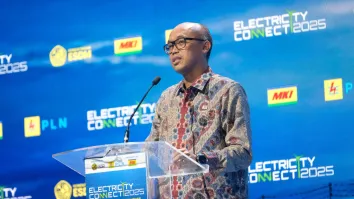
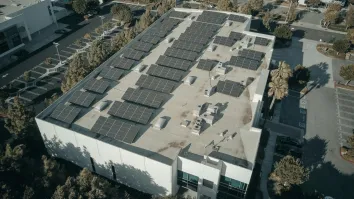
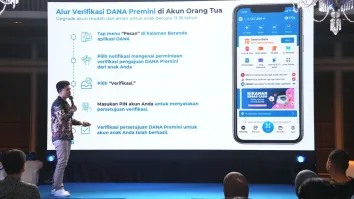










 Advertise
Advertise
